How To Guide #1: The basics for photographing your Estate Sale & Estate Auction listings.
In this article I will discuss some tips and tricks for your Estate Sale & Estate Auction listing photography!
It's important to take good photographs for an Estate Sale listing. Take pictures like you mean to take them, take them with intent. Do not make the mistake of believing you just need to point the camera at something, it is your goal to capture every item's essential qualities. To do this you will need the right tools, but you will also need to be passionate and humble.
It is now your goal to do the following 2 things to honor the items that you're photographing, and to communicate effectively what the qualities of each item are to viewers.
Step 1 Acquire the basics for photographic undertakings
Should you stop using your cellphone to take pictures with? Well yes, but lets analyze this question. A picture is made by light, to take good pictures you need good light. The problem for cellphones is that they do not have a good flash, and they generally have terrible low light performance. Not only will most cellphones have to use a very slow shutter speed in low light environments (such as indoors), which greatly increases the possibility of a blurry picture, the physics of the sensors when they're scaled so small in cellphones simply doesn't allow enough light into each pixel of the sensor to take an accurate picture. Just don't use a cellphone for your pictures!
Because many of your sales are going to be held indoors, and the items are going to be indoors, bringing your own light in the form of a quality flash and matching DSLR is absolutely key to getting the best quality photos for your estate sale listings.
Cost considerations
Now you're thinking to yourself, yes, this is all well and good, but how much will it cost me? Lucky for you camera technology has progressed to the point that you can get professional level gear from top manufacturers in the $500 range or even less. It's completely feasible to purchase all your equipment used as well. You can buy used camera gear online from reputable dealers like Adorama.
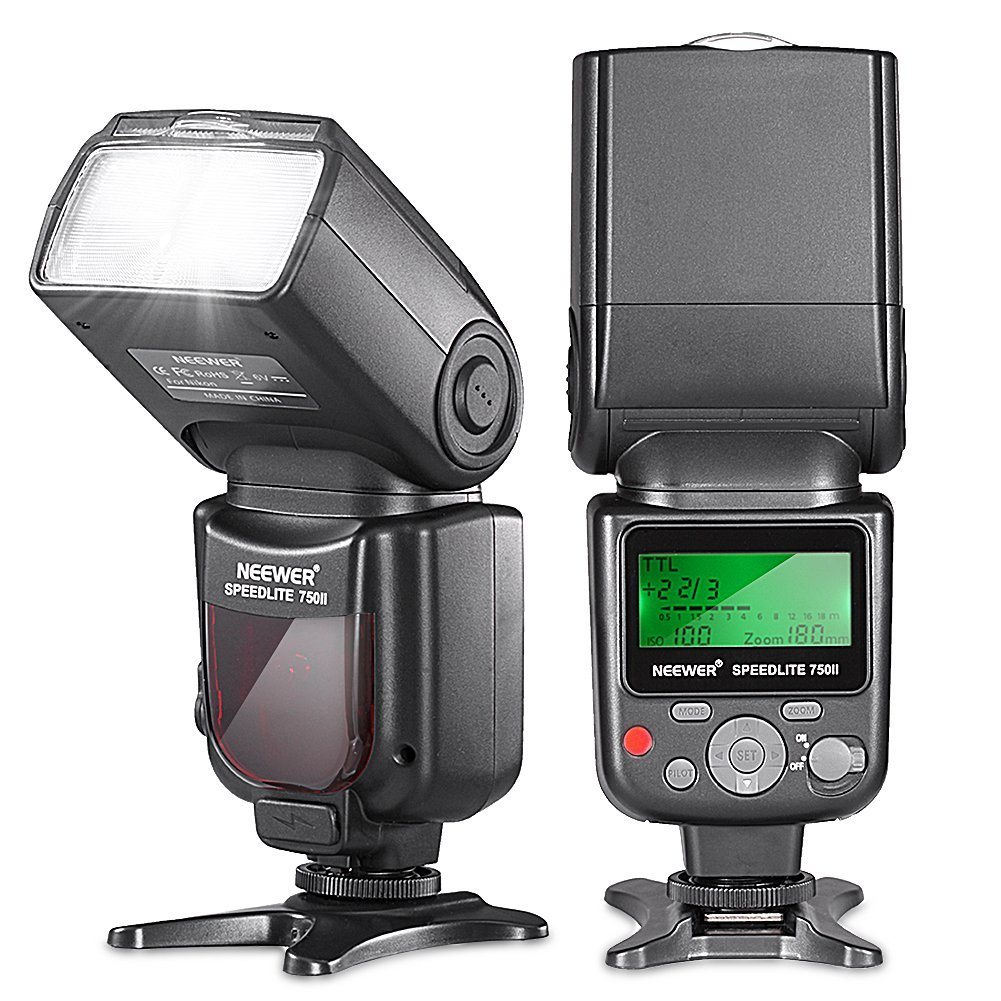
You might think this is expensive, but this particular flash is only $53 at Amazon and will serve your Nikon DSLR perfectly well..
View item on Amazon.com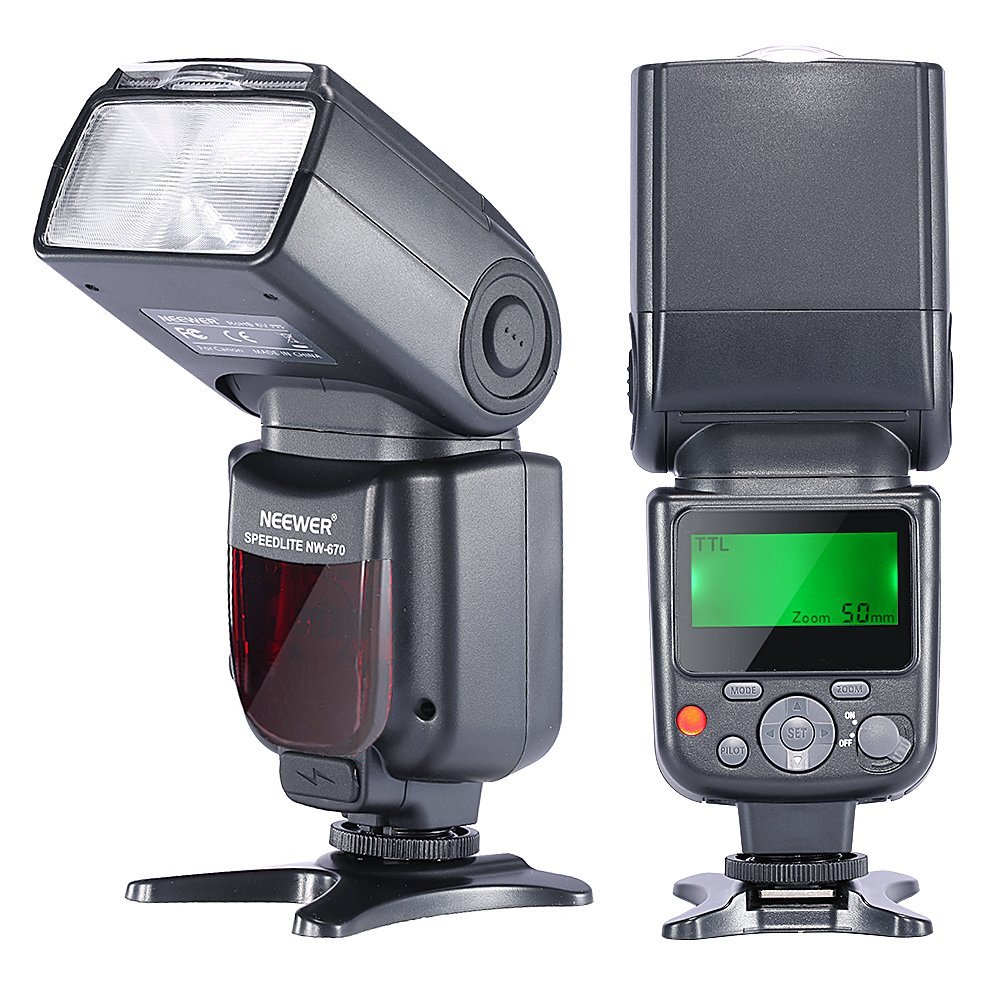
This Canon compatible version of the flash is also only $53 at Amazon.
View item on Amazon.com
Those types of flashes may be directed up or down, left or right. By doing this you can then take pictures using what is called a "Bounce Flash". It is called this because the light from the flash will bounce off the ceiling and walls of the room, filling the room with light. This is preferable to a built in flash which points directly at the subject, the built in won't fill the room with light, instead, only the nearest surfaces of the subject will be lit, and everything else will become dark. With a built in flash the photos will be depressing, sad, and obscured, you don't want that. You want happy and engaging and communicative. You also want to get the most from your camera and you need a proper flash to do that.
Remember, you want to honor each item in your sale or auction and communicate to the viewer the essential qualities of those items.
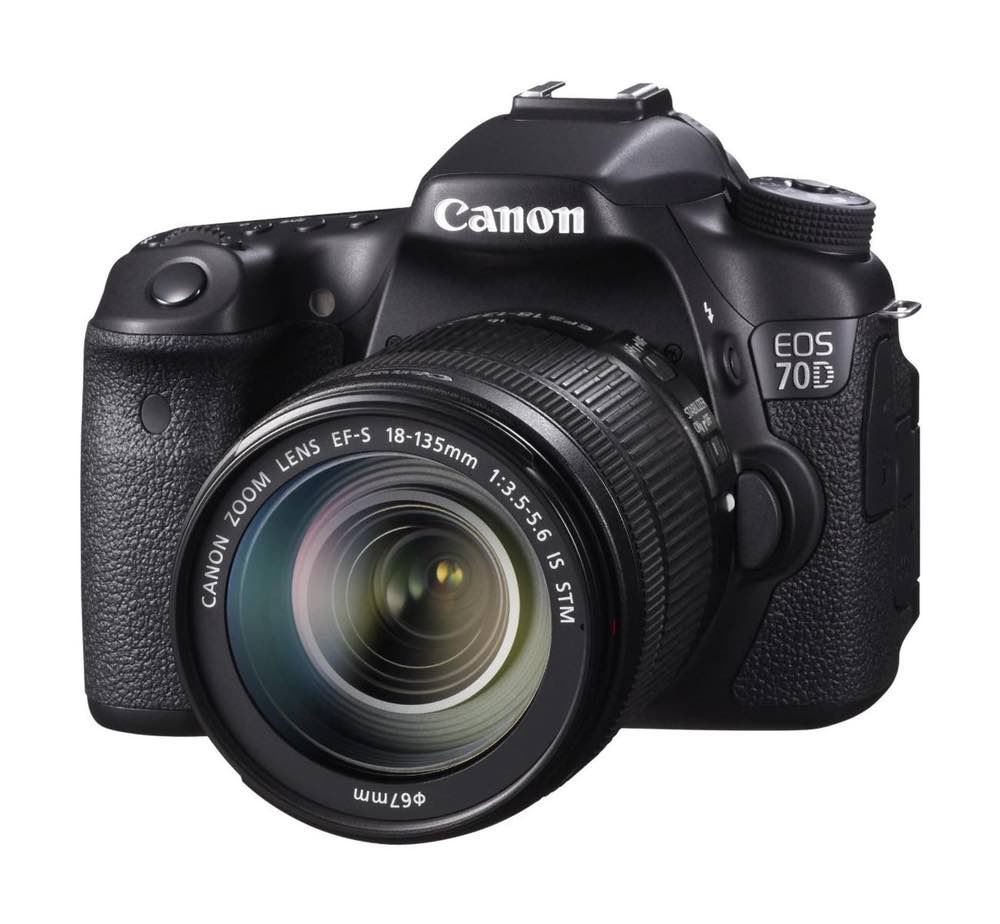
This is an excellent camera that I can assure you, you will not be disappointed with. It has superb auto-focus characteristics, has a wide range of settings, and is more than capable of taking a studio quality image. This kit also includes a lens with a very flexible 18-135mm zoom range and nearly silent autofocus.
View item on Amazon.com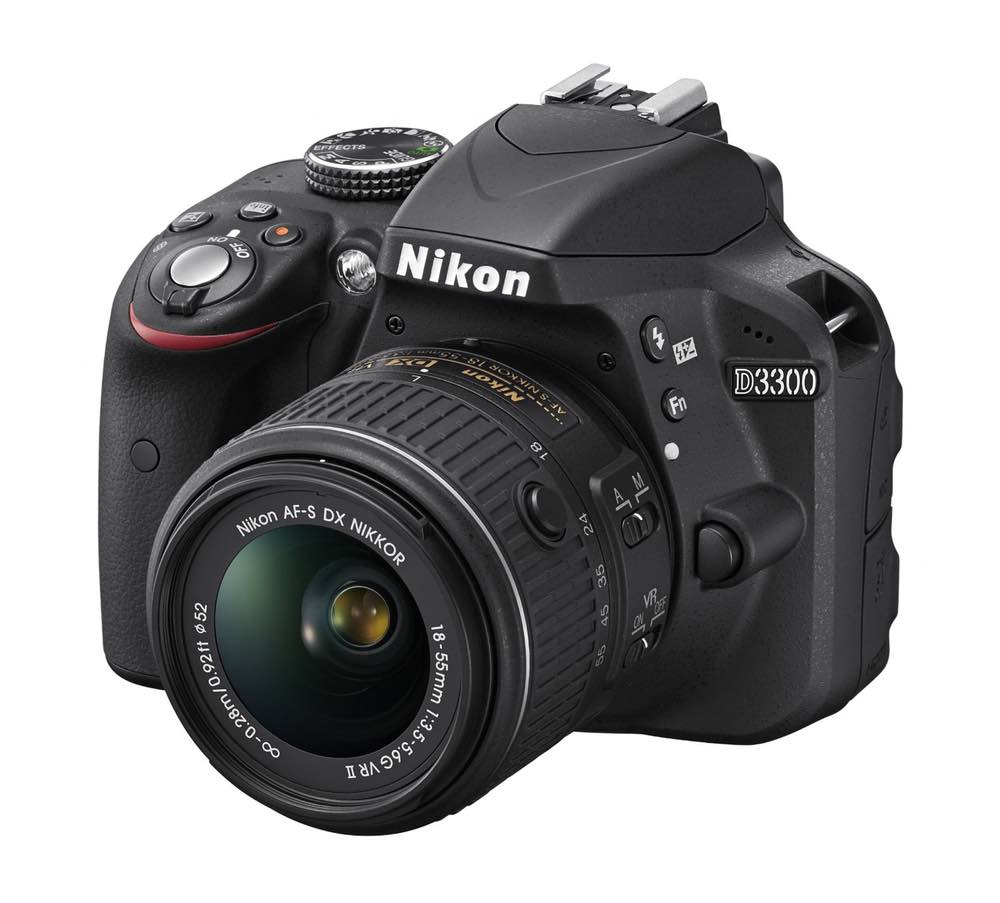
This new Nikon camera is available for $500 at Amazon. This one is nice because it also comes with a camera lens, though the lens in this kit only has an 18-55mm zoom range.
View item on Amazon.com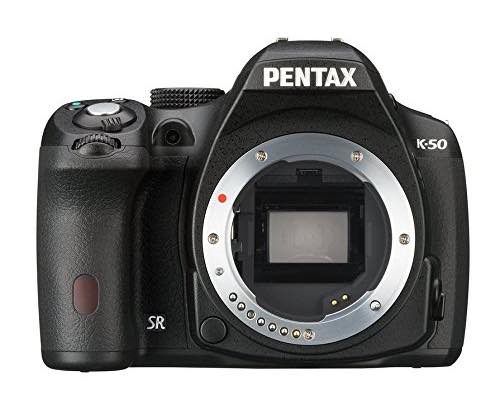
Just another example of what to look for in a DSLR, this one available for approx: $300 at Amazon. There is a Neewer flash for Pentax cameras available for only $32 on Amazon.com.
View item on Amazon.comOne thing you will need for your flash is an extra set of batteries, I recommend using NiMH rechargeable batteries, and I recommend having at least one extra set. A typical flash will need to have its batteries replaced after 100-200 photos.
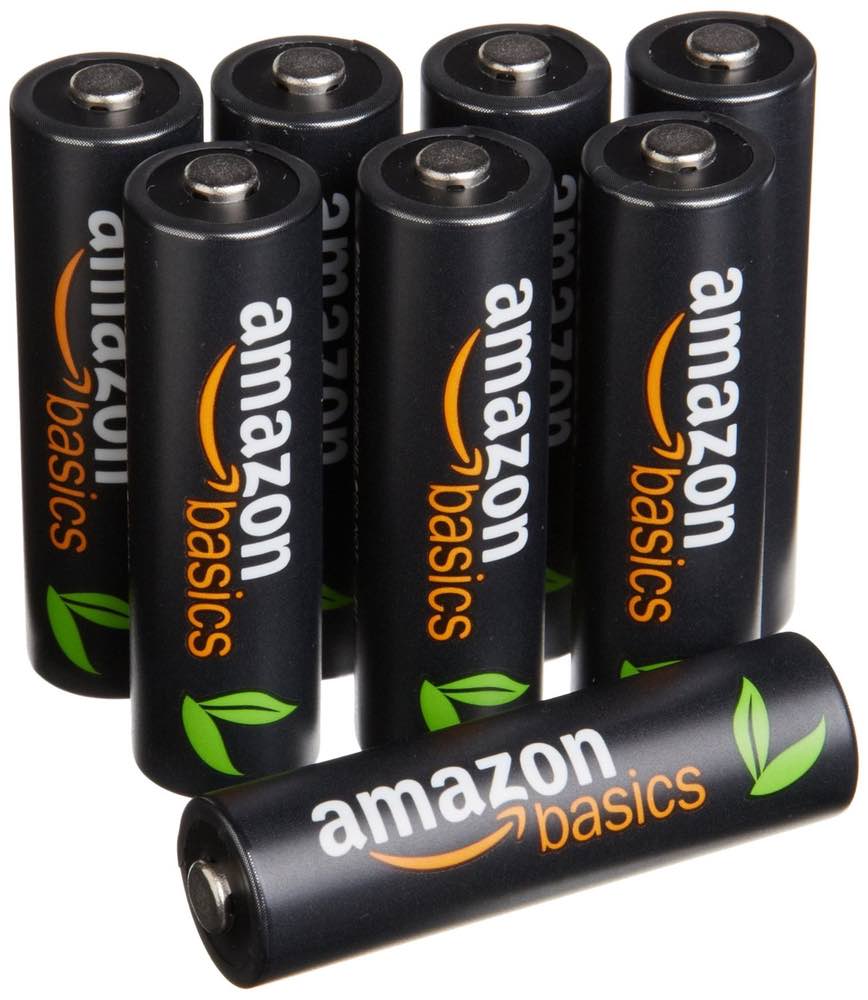
These batteries are only $19.99 for an 8-pack and with 2400MaH (milliamp hours) each you should be able to make it through pretty much any sale with 8 fully charged batteries.
View item on Amazon.comAnother item you will probably need is a memory card. Most modern DSLR's use the same type of memory called Compact Flash memory. Please check the user manual for whatever camera you purchase to find out exactly what memory card it uses. This is one of those things that is changing all the time, and some companies like Sony for instance, like to use their own proprietary memory cards.
To review you will need at least the following to start taking professional, eye-catching, and communicative photos:
A good DSLR, it doesn't need to be a high-end model for this application. There is no need to break the bank. But what works for your budget, the key is simply getting a proper camera than can use a directional flash.
A good directional flash that is compatible with your camera. Seriously, do not buy into the hype on "branded" flashes, the off-brands like Neewer, Altura, and Yongnuo, are all basically equivalent to top of the line Flash's from the big companies like Canon and Nikon. At 1/3rd to 1/5th the cost you can break the cheaper one several times before you pay for a big brand flash! I have a Yongnuo flash and it has worked great for the few months that I have had it.
Two sets of rechargeable batteries to go with your flash. Again, no need to splurge, but you do want a reputable battery (so you don't get stuck taking pictures in the dark), and don't forget to get 2 chargers so you can keep both sets of flash batteries charged up.
A 64GB or higher memory card. This can be pretty important. The memory card can actually affect how fast you can take pictures with your camera because the camera has to wait for the image to save to the card before letting you take a another photo. But you can get around this limitation by choosing to save your /images as JPEG's in the camera's settings menu.
A decent padded camera bag. Even though you don't need a camera bag, it's nice to have one just because it's nice to be able to put your camera somewhere and not have to worry about it or look after it. Just don't forget somewhere! You can also add a tag to camera bag so that any good samaritans who find it can know who the real owner is.
That's basically all you need to buy, not so bad right? You don't need to spend a lot, and you don't need a ton of accessories for your camera either. Just got the necessities and start taking quality pictures for your listings!
Step 2 Take good pictures!
When you get your camera and flash you will have a much easier time taking good quality pictures, especially when on-site at the location of the Estate Sale. When using bounce flash you will find that almost all your photos look lively and engaging, but there are still some good rules of thumb to follow, particularly when you are just getting started!
Take pictures from the object's perspective. What does this mean? It means that you need to take your pictures from the same scale as the object. For instance, don't take pictures of a toy sitting on the floor while you are standing up. Don't do the same for a table and chairs either. Remember, you are trying to honor and communicate, so think of every photo like a portrait. It can be a quick portrait, but it should be taken with care and respect. Most listings I see break this rule, it's so easy to get down on one knee, and photograph a dresser, or other item, in a way that respects the item, rather than simply standing there, un-engaged, pointing the camera at things kind of randomly.
Move to every object you photograph. In keeping with #1 and expanding on it, make sure you approach every item you intend to photograph. Don't take a picture of something in a room, then just turn and photograph the next thing, take a couple steps and engage the next item. Move into the space of each object you photograph.
Don't be afraid to press the shutter button! Since you're hopefully using a digital camera, there's no reason to be afraid to take a couple extra photos of each item. You don't want to end up with a blurry picture of something important to the sale!
Post production When you load your photos onto your computer you don't need to do much before you upload them to the website. But, you do want to organize them effectively. What I do is organize my pictures into events, in your case you could use the name of the sale or the address as the folder name, then inside the event folder you should have two more folders typically named "Originals" and "To Upload". The "Originals" folder should contain the pictures you uploaded directly from your camera. Now, as you go through your originals and decide which ones you want to keep, you can save them into "To Upload".
Examples:
Built In Flash vs Directional Bounce Flash
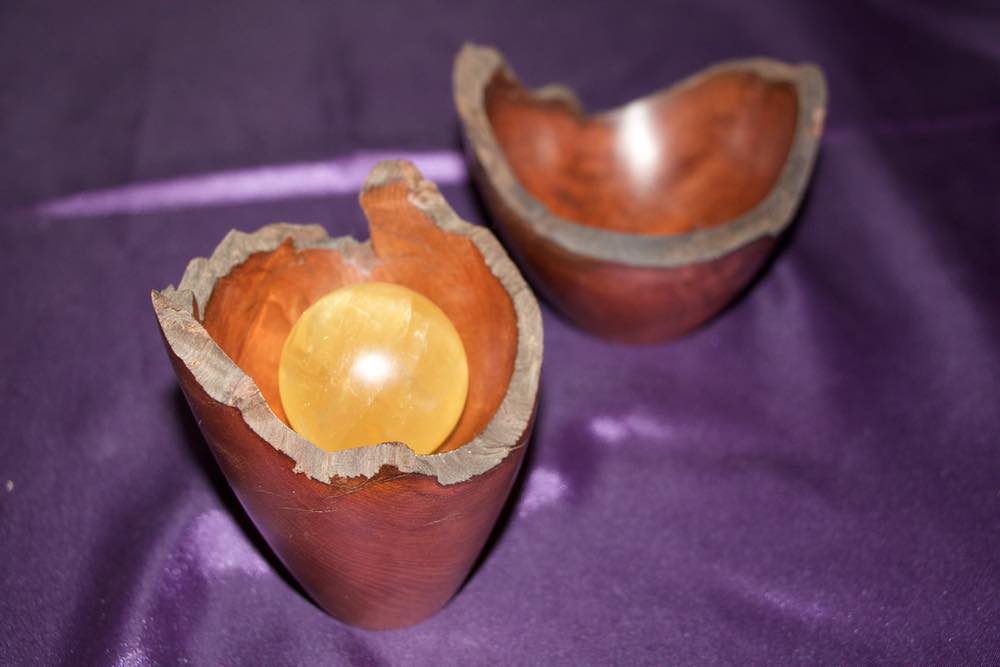
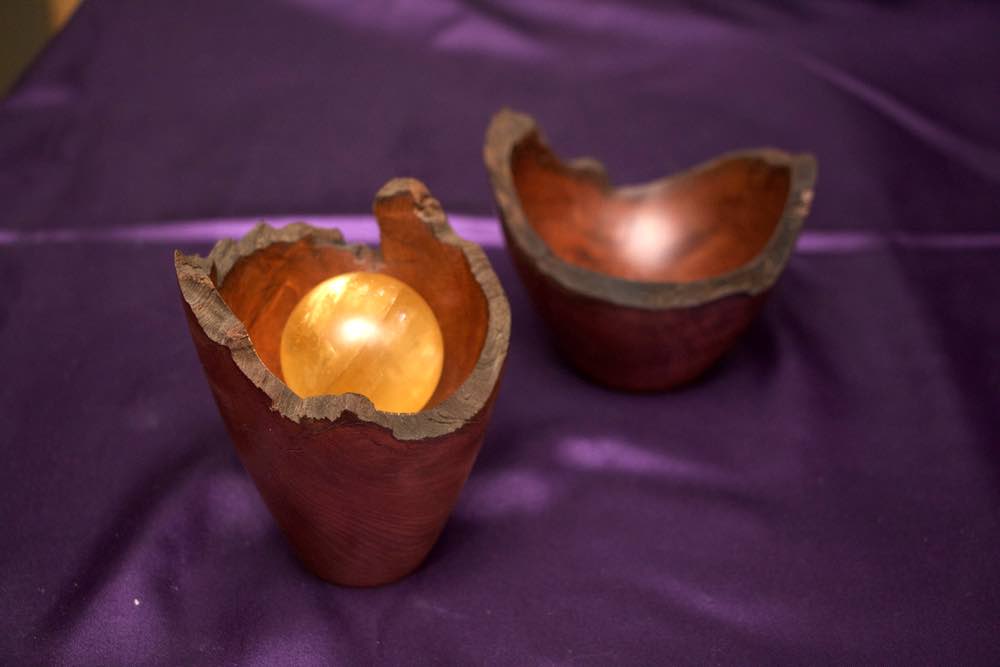
Some differences between Estate Sale photography and Estate Auction photography.
There are differences in the approach when taking photographs for Estate Sales or Estate Auctions. Most importantly when photographing for Estate Auctions you have a duty to more accurately represent the object. In general more time should be spent with photographs for an auction, particularly an on-line auction as this is the only way users will be able to preview the items before buying them. It's important to follow the 4 tips mentioned above for auctions, but you can go further and place the items in a studio setting to further enhance their appeal and remove any distracting background elements. If you're ready to move on to the next step, check out our second guide on how to set up a cheap and portable lightbox by clicking here.
In summary...
There are many tips and tricks in photography, but hopefully these few things will help you get a handle on your listing photos. Taking quality photos isn't just something you do to make things pretty for the sake of making things pretty, clarity is communication, and you want your buyers to know what they're buying, it equates to more interest, and more happy customers which equates to more profit for you. Just remember to honor the items and go just a little bit out of your way for each one and you will take pictures that are twice as good!